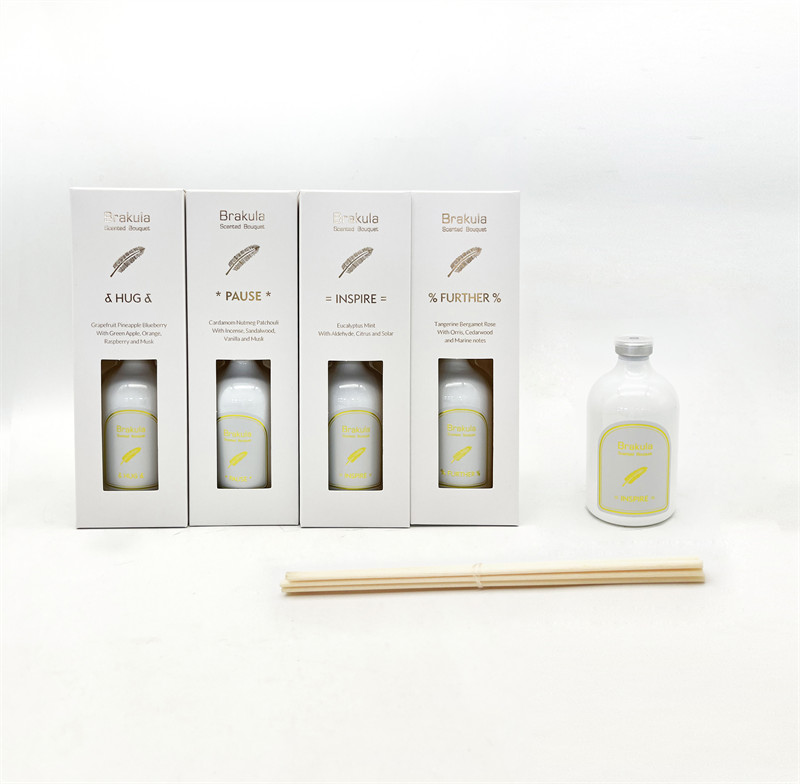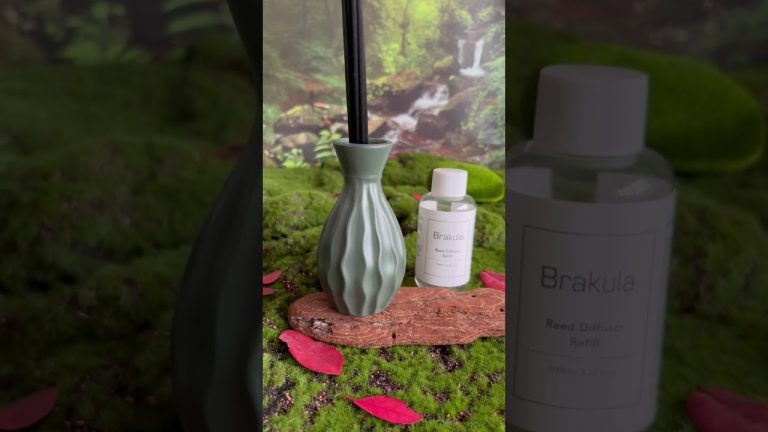Table of Contents
Key Features of Islamic Home Design

Islamic home design often reflects the cultural and religious values of the Muslim community. One of the most prominent features is the emphasis on privacy. Homes are typically designed with high walls and strategically placed windows to ensure that the family can enjoy their space without being overlooked by neighbors. This practice not only provides a sense of security but also aligns with Islamic teachings regarding modesty.
Another significant characteristic is the incorporation of intricate geometric patterns and calligraphy. These decorative elements are not merely aesthetic; they hold cultural significance and often convey religious messages. The use of such motifs can be seen in various aspects of the home, including tiles, arches, and wall hangings, creating an environment that is both visually appealing and spiritually uplifting.
https://reedaromalab.com/tag/top-reed-oil-diffuser-chinese-best-factory
Natural light plays a crucial role in Islamic architecture. The design often includes large windows or courtyards to allow sunlight to illuminate the space, which is believed to symbolize divine presence. Additionally, the careful arrangement of rooms around these light sources promotes ventilation and a connection to nature, enhancing the overall ambiance of the home.
Spatial Organization in Islamic Homes
The layout of an Islamic home is typically organized around a central courtyard. This design serves multiple purposes: it provides a private outdoor space for the family, allows for natural light to fill the interior, and facilitates airflow throughout the house. The courtyard is often surrounded by living areas, making it a focal point for social gatherings and family activities.
Moreover, the separation of spaces for men and women is an essential aspect of Islamic home design. In traditional layouts, areas designated for male guests are distinct from family spaces, allowing for privacy and adherence to cultural norms. This thoughtful organization reflects the importance of social structures within the Islamic community and enhances the functionality of the home.
In addition to the layout, the use of materials in Islamic homes often emphasizes harmony with the environment. Natural materials like wood, stone, and clay are favored for their aesthetic appeal and sustainability. This choice not only contributes to the home’s visual identity but also fosters a connection with nature, which is highly valued in Islamic teachings.
Color and Decoration in Islamic Interiors
The color palette used in Islamic home interiors tends to be rich and vibrant, reflecting cultural heritage. Earthy tones combined with jewel-like colors create a warm and inviting atmosphere. Traditional textiles, such as carpets and cushions, often feature intricate designs, adding depth and character to the living spaces. These elements collectively contribute to a cohesive aesthetic that resonates with Islamic values.
| Article Name | Room Deodorizers |
| Material | Wood |
| Suitable for | Dressing Room |
| Scents | Fresh Cotton, Peach |
| Capacity | 500ml |
| Color | Indigo |
| Origin | China Company |
| Duration | 1 year |
Decorative elements such as Arabic calligraphy and floral motifs are commonly found throughout the home. These artistic features not only beautify the space but also serve as reminders of faith and spirituality. The placement of these decorations is thoughtfully considered, often adorning areas where family members gather, thus reinforcing a sense of community and shared beliefs.
Lighting is another critical component in Islamic interior design. Elegant lanterns and intricate chandeliers create a warm glow that enhances the ambiance while serving as decorative focal points. The interplay of light and shadow through intricately designed screens or mashrabiya adds to the aesthetic experience, further enriching the spiritual and cultural atmosphere within the home.





